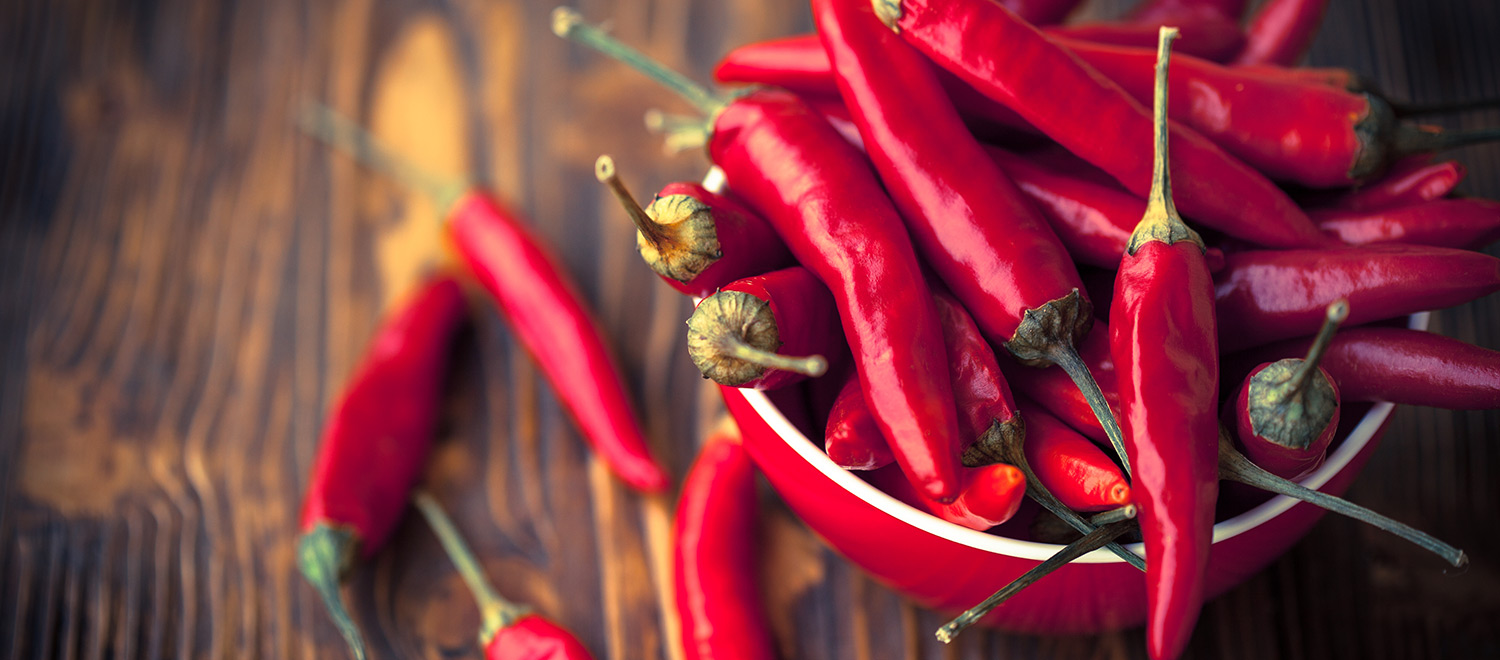In 2016, world chili production exceeded 34 million tons. Of that amount, China produced about half of the worlds’ chilies. Half you say? That’s not a typo I swear.
Although spicy food is often an exotic flavor in American cuisine, it has been an integral part of Asian culture. Asian cooking is largely dependent on the heat of chilies today. It is just another household staple, like rice and soy sauce.
That being said, chili peppers didn’t actually originate in Asia. They came from the Americas. They most likely originated in Peru or Bolivia and spread through South America and into Central America. There, the mesoamericans domesticated cultivated spicy fruit. Archaeologists trace their gradual domestication back to 5000 BC, in the Tehuacán valley of Mexico. In fact, the word “”chili”” comes from Nahuatl, the Aztec language.
In 1492, Christopher Columbus sailed the ocean blue in search of “black gold” — black peppercorns. At that time, black pepper was so valuable it was often used to pay rent and salaries. But in the mid 1400’s the Ottoman empire cut off the trade routes between Europe and India’s Malabar coast, leading black pepper’s price to skyrocket. Columbus didn’t find any black pepper or a new trade route to India, but he did find chili peppers. He brought the chilies with him back to Europe, where they were thought of as a novelty item. From there, Portuguese traders promoted its commerce in Asia. Traders introduced Chilies to India in the 15th century and they slowly made their way Eastward to China in the early 16th century. In Thailand, a short-lived Portuguese presence failed to convert the locals to Christianity but succeeded in revolutionizing the Thai kitchen.
So how did chilies become so embedded in Asian cuisine? Starvation culture played a role. Chilies themselves won’t keep people fed, but they add spice staples like rice, corn and potatoes, making even the poorest food rich in flavor. In Thailand, Thai birdseye chilies are used in almost every dish. Thai restaurants will often ask if you want your dish mild, medium, spicy or Thai spicy. In Korea, chilies form the basis for several essential ingredients, including Korean chili paste (gochuchang) and Korean chili powder (gochukaru). In China the ubiquitous Tien Tsin pepper, also known as the Chinese red pepper is dried and can be found in Kung Pao chicken and many other Szechuan and Hunan dishes.
Climate maybe another contributing factor. Many of the regions of high chilies consumption in Asia share cold winters and hard waters. Some Asian superstition believe chilies have the special effect to warm up the body, break down the hard water, and build immunization. It turns out there maybe some truths to it – chilies do have a life-prolonging effect. In a 2017 paper, published in the Public Library of Science, researchers found that adjusting for demographics, lifestyle, and clinical characteristics, consumption of hot red chili peppers was associated with a 13% reduction in instantaneous mortality hazard.
If you are a Frank Hubert’s fan, you’d appreciate this even more. After all, the most precious substance in (Asian cuisine) is the spice. The spice extends life. The spice expands consciousness. Throughout Asian cultures,
the spice produces a learned-flavor reaction. The body, learning a thing is good for it, interprets the flavor as pleasurable—slightly euphoric.”







